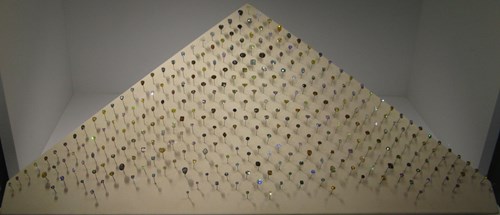A Basic Guide to Diamond Color
Natural diamonds occur in a wide range of colors – white, gray, blue, yellow, orange, red, green, pink, purple, brown, and black. Although some colored diamonds, like blue and pink fancy color diamonds, are relatively rare and therefore highly valued, usually the contrary holds: colored diamonds contain impurities or defects that cause the colorations and are therefore valued by how closely they approach colorlessness; in other words, the less color there is, the higher their value.

A chemically pure and structurally perfect diamond has no hue, or color, and is therefore of a higher value. According to the GIA, Most diamonds you’ll find in jewelry stores run from colorless to near-colorless, with slight hints of yellow or brown.
The industry standard
Today, the GIA system of D-Z Color Grading Scale is the industry standard. Almost every diamond sold around the world is rated using the GIA color scale, regardless if it was actually certified by the GIA. You can check out this cool interactive GIA Color Scale for examples of different diamond color grades.
The GIA system measures the degree of colorlessness in diamonds by comparing the stone, under controlled lighting and precise viewing conditions (including an all-white background, for instance) to master stones of established color value. The scale begins with the letter D (representing colorless) and continues with increasing presence of color to the letter Z. most distinctions are invisible to the naked or untrained eye, but they make a huge difference in diamond quality and price.
It is important to note that all D-Z diamonds are considered white, even though they contain varying degrees of color. Yellow or brown color diamonds that exhibit a color more intense than Z, and diamonds that show color other than yellow or brown, are considered fancy colored diamonds. These diamonds are graded using separate systems.
Color becomes much harder to ascertain once a stone is set in a ring and placed in an environment that contains color. Color also becomes more important as carat weight increases, as color is easier to perceive in a large diamond.

